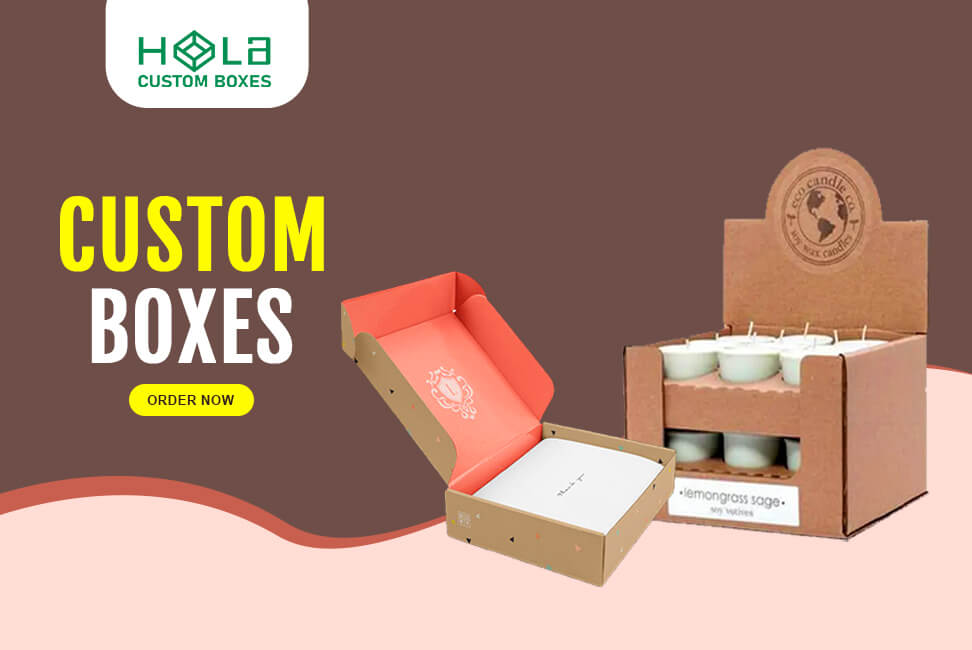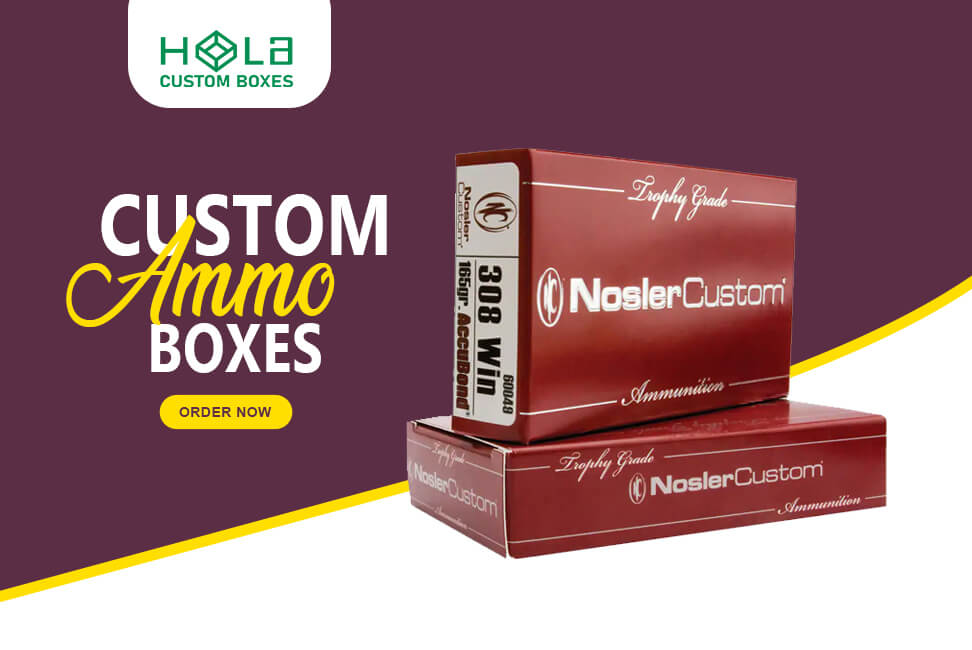The Power Of Paperboard: Sustainable Packaging And Branding
2025-12-12 09:11:05
In today's environmentally conscious world, sustainable packaging has become a crucial consideration for businesses across various industries. One notable option gaining popularity is paperboard packaging. With a long history dating back to the 1800s, paperboard folding cartons have evolved in production methods and offer numerous benefits.
Lightweight and flexible, they are suitable for a wide range of products and are highly retail and environmentally friendly. Furthermore, paperboard packaging offers versatility in printing and finishing, enabling businesses to create visually appealing designs that enhance their brand identity.
In this article, we will explore the production, characteristics, printing and coating options, special finishes, and the significant role that paperboard packaging plays in branding and marketing. By harnessing the power of paperboard, businesses can establish a sustainable packaging solution that not only protects their products but also elevates their brand narrative and fosters customer loyalty.
Key Takeaways
- Paperboard folding cartons are a popular and sustainable packaging option that has been used since the 1800s.
- Folding carton boxes made from paperboard are lightweight, flexible, and suitable for a wide range of products, offering benefits such as retail friendliness, environmental sustainability, versatility in printing and finishing, and cost efficiency.
- Different paper grades, such as Solid Bleached Sulfate (SBS) and Solid Unbleached Sulfate (SUS), offer different capabilities and appearances for folding carton boxes.
- Printing and coating options, such as spot UV printing, embossing, and foil stamping, play a crucial role in the design and appearance of folding carton boxes, allowing for various design elements to elevate brand identity.
What is it?
Paperboard packaging refers to the use of lightweight, flexible paperboard folding cartons as a popular, sustainable option for packaging a wide range of products. These folding cartons offer numerous advantages, such as retail friendliness, environmental friendliness, versatility in printing and finishing, and cost efficiency.
One of the key advantages of paperboard packaging is its environmental impact. Paperboard is an excellent alternative to plastic because it is made from renewable resources and is biodegradable. It also has a lower carbon footprint compared to other packaging materials. Additionally, paperboard packaging can be easily recycled, further reducing its environmental impact.
Overall, paperboard packaging provides a sustainable solution for packaging needs while still maintaining the necessary functionality and visual appeal.
Production and Characteristics
The production process for folding carton boxes involves steps such as cutting, folding, and gluing paperboard sheets, resulting in lightweight, flexible containers suitable for a wide range of products.
The evolution of production methods has allowed for the creation of paperboard packaging that is cost-effective, versatile, and environmentally friendly.
Benefits of using kraft paperboard for folding carton boxes include its excellent environmental friendliness and its ability to be customized for premium packaging and consumer attention.
Additionally, Kraft paperboard is a sustainable option that aligns with the growing demand for eco-friendly packaging solutions.
Overall, the production and characteristics of folding carton boxes made from paperboard make them an ideal choice for various industries. Their lightweight, flexible nature, combined with the ability to incorporate multiple printing and coating options, provides branding opportunities and elevates the perceived quality of products.
Printing and Coating Options

Printing and coating options play a crucial role in enhancing the design and appearance of folding carton boxes, enabling the creation of visually appealing packaging solutions that effectively differentiate brands and products.
When it comes to printing, there are two main options: offset and digital printing. Offset printing is recommended for intricate designs, as it offers accurate color output, especially with white paper grades. On the other hand, digital printing is better suited to simple designs.
Additionally, coatings are essential in packaging design as they can add a layer of protection and enhance the visual appeal. For example, wax coating can provide a glossy finish, while aqueous coating can add durability. These options allow for customization and can help create packaging that stands out on the shelves.
Special Finishes
Special finishes in folding carton packaging, such as embossing, debossing, spot UV printing, and foil stamping, offer creative ways to enhance the visual appeal and tactile experience of the packaging.
These special finishes create unique effects that help brands stand out and make a memorable impression on consumers.
Here are some examples:
Embossing techniques: This process raises specific areas of the packaging, creating a three-dimensional effect. It adds texture and depth, making the design more visually interesting.
Foil stamping effects: Foil stamping involves applying a thin layer of metallic or colored foil onto the packaging. It creates a luxurious, high-end look that catches the eye of potential customers.
Spot UV printing: This technique involves applying a glossy, clear varnish to specific areas of the packaging. It adds contrast and highlights certain elements, creating a captivating visual effect.
Other effects: Debossing, which is the opposite of embossing, creates a depressed or indented design. It adds a subtle elegance to the packaging.
By incorporating these special finishes, brands can elevate their packaging and create a premium and memorable experience for consumers.
Packaging and Branding
Packaging serves as the visual representation of a brand and its products, encapsulating the company's essence and values in a physical form that engages and captivates consumers. The role of packaging in brand storytelling cannot be overstated. It is a powerful tool that communicates the brand's message and creates a lasting impression on consumers.
Consistent brand identity in packaging is of utmost importance as it helps establish brand recognition and fosters brand loyalty. When packaging is designed with a consistent look and feel, it reinforces the brand's image and creates a cohesive consumer experience. By incorporating the brand's logo, colors, and design elements, packaging becomes a key component in shaping the overall brand identity.
Therefore, businesses should invest in packaging that aligns with their brand values and effectively communicates their story, thereby building a strong, memorable brand.
At Hola Custom Boxes, we redefine packaging as a powerful extension of your brand story. Our regular four corner boxes combine sustainability, durability, and premium design to deliver packaging that protects your products while captivating your customers. With versatile printing, coatings, and finishes, these boxes transform ordinary packaging into a memorable brand experience that reinforces identity and builds loyalty. Elevate your products with eco-friendly, customizable solutions that showcase quality and innovation at Hola Custom Boxes.
Frequently Asked Questions
How does paperboard packaging compare to other packaging materials in terms of sustainability?
Paperboard packaging is a sustainable option compared to other materials. It is made from renewable resources, offers recyclability, and reduces reliance on plastics. Its lightweight nature also reduces energy consumption during transportation, making it an environmentally friendly choice.
What are the advantages of using kraft paperboard for folding carton boxes?
Kraft paperboard offers several advantages for folding carton boxes. As an eco-friendly packaging material, it is an excellent choice for sustainability-conscious brands. It provides strength, durability, and a natural aesthetic, making it suitable for a wide range of products.
How do different paper grades, such as Solid Bleached Sulfate (SBS) and Solid Unbleached Sulfate (SUS), differ in capabilities and appearances?
Different paper grades, such as SBS and SUS, vary in capabilities and appearances. SBS is a bleached paper grade that offers a smooth surface, high brightness, and excellent printability. SUS is an unbleached grade that has a natural brown color and a rougher texture. These different paper grades enable customization and support the sustainability of packaging options.
What are the benefits of spot UV printing in paperboard packaging?
Spot UV printing is a technique used in paperboard packaging to enhance design and branding. It adds a protective layer, creates a sheen, and allows for diverse textures. This technique can develop eye-catching effects and is compatible with eco-friendly packaging solutions.
How can packaging and branding contribute to establishing a strong brand narrative?
Packaging and branding play a crucial role in establishing a strong brand narrative. Through storytelling, packaging design communicates the brand's values, personality, and purpose. It has a significant impact on brand perception, influencing consumer loyalty and market differentiation.
